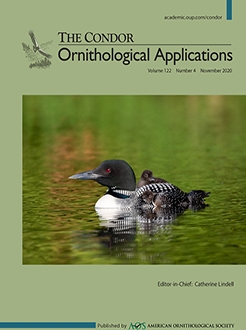The global breeding population of Eleonora's Falcon (Falco eleonorae) is distributed from the Canary Islands in the west, across the Mediterranean Sea, to Cyprus in the east. The remoteness of nesting colonies, which are predominantly located on sea cliffs and islets, renders breeding success estimation a challenging task, requiring a composite approach to assess each of the breeding stages. Early estimates of the breeding success of Eleonora's Falcon suggested that the Akrotiri colony in Cyprus had the lowest breeding success among all the colonies throughout the species' breeding range, at a level seemingly unsustainable, suggesting the colony might have been in danger of gradual extinction. Here we use a diversity of survey methods including boat, ground, and aerial surveys, with the incorporation of photography and photogrammetry, to reassess the breeding success and the effect of nest characteristics on the Eleonora's Falcon breeding population in Cyprus. During a 6-yr study, we found that Cyprus hosts ∼138 ± 8 breeding pairs and that breeding success equals 1.54 ± 0.85 fledglings per breeding pair, and thus is considerably higher than previous estimates. In addition, by analyzing temporal variation in breeding and nest characteristics, we found that early breeding and reuse of nests positively influence breeding success, but physical nest characteristics have a limited effect on colony productivity. The range of survey methods employed, as well as the array of photography techniques utilized, enhanced the efficiency and accuracy of this study, allowing us to overcome the challenge of inaccessibility of nesting cliffs.
LAY SUMMARY
In this study we reassessed the breeding success and population status of Eleonora's Falcon in Cyprus, a species nesting on inaccessible sea cliffs.
Low breeding success estimates from previous surveys suggested that the breeding population was unsustainable.
We used ground, aerial (drone), and boat surveys, combined with photogrammetry for nesting cliff 3-D modeling, to assess breeding success and nest site suitability.
Our results show that breeding success of Eleonora's Falcon is higher than previous estimates and that the population is stable.
The methods employed enhanced the efficiency and accuracy of our surveys, allowing us to overcome the challenge of inaccessibility of nesting cliffs.






